Future Apple iPods, iPhones may talk to each other
A future generation of iPod and iPhone portable media devices from Apple Inc. may use wireless technology to receive automated software updates and interact with other iPods and iPhones located within the same general vicinity, a recent patent request has revealed.
"In one embodiment, one mobile device discovers another mobile device within its vicinity. The mobile devices can then wirelessly transmit data from one mobile device to the other," Apple wrote in the filing. "Typically, the mobile devices are associated with persons (users). The mobile devices, or their users, can control, request or influence the particular data content being delivered."
Capable iPods and iPhones, the filing states, would include a processor that is configured to discover other electronic device via a wireless link, request data from the other electronic device over the wireless link, and receive from the other electronic device a wireless transmission of at least a portion of the data requested via the wireless link.
Some examples of specific media data that could be shared between the players include songs, albums, audiobooks, playlists, movies, music videos, photos, computer games, podcasts, audio and/or video presentations, news reports, and sports updates.
Other sharable data, Apple added, may include resource data such as maps, profile information associated with a user, and subscription content. The nature in which media items are shared can also be unrestricted or restricted. According to the filing, examples of restricted sharing of media items include a media item that has limited-use rights or which contains only a sample of the full content.
Apple in the filing goes on to say that shared data can be transferred to a one or more recipient devices by file transfer or streaming methods.
"Users of data devices can also create and distribute content through data sharing," the company wrote. "The streaming can be limited so as to restrict the number of data devices simultaneously receiving the data. On the other hand, if the users of the data devices are subscribers to the streaming content (i.e., have a subscription), then the streaming can be unlimited as to subscribers."
Data, such as audio tracks and video, could also be shared after being purchased wirelessly from a remote server, Apple explains:
"For example, a recipient could purchase data from a remote server. The remote server would then cause the purchased data to be delivered to the recipient's data device. The purchase can be performed in real-time or can be deferred until a later point in time. Thereafter, the purchased data can be shared from the recipient's data device to another data device."
Furthermore, data sharing or exchange between iPods and iPhones could be automatic, manual or a combination of manual and automatic. "For example," the filing says, "automatic sharing of data can occur when a data device comes within range of a wireless transmission of data. As another example, data can be automatically transferred in the context of a synchronize operation. The synchronize operation can be automatic or operated in accordance with a schedule. The synchronize operation can also be manually initiated. "
The manner by which the data arrives at the data device can similarly depend upon implementation. For example, data can be indirectly transferred to the data device, where one data device can cause another data device to transfer desired data to a recipient data device via a chain of devices.
Apple in the 37-page filing goes on to describe several data transfer mediums such as "Peer-to-Peer Data Sharing" between two or more devices, "Local Data Sharing" over a local wireless network, and a "Graphical User Interface" that can be provided to facilitate delivery, exchange or sharing of data.
In particular, Apple said the graphical user interface would assist a user of the mobile device in interacting with the mobile device. For example, the user interface would facilitate navigation of locally stored media as well as remotely stored media.
"The user interface could provide sharing controls," the company wrote. "These sharing controls would facilitate a user in sharing items with one or more other devices. For example, these sharing controls can enable a user to set preference settings and/or present or respond to dialogs for user interaction."
One preference setting would effectively allow a user to permit certain types of sharing. Another preference setting would provide a user dialog that requests permission to share media content with another user or mobile device.
Additionally, the graphical user interface could facilitate a history list or a shopping list. For example, a shopping list can be a virtual list that is maintained by a media device or a personal computer or a server for the benefit of a particular user.
"Typically, the user has a user account and the shopping list can be associated with that user account. A user of a device can interact with a user interface to add or remove items from the shopping list," Apple wrote. "The shopping list can be synchronized with various different devices associated with the user. Hence, the shopping list can be available from any of such devices. The shopping list can also facilitate ecommerce in that a purchase of items from the shopping list can be done in a simple and user-friendly manner."
The filing, which also covers "Remote Media Update" and "Multiple Access Point Discrimination" techniques, is credited to high-ranking Apple employees Stanley Ng, Andrew Hodge, Anthony Fadell, Jeffrey Robbin, Robert Borchers, Chris Bell, and Eddy Cue.
 Katie Marsal
Katie Marsal



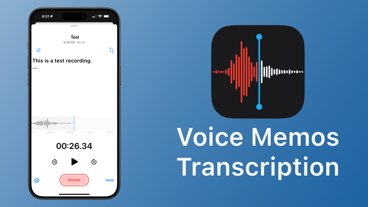
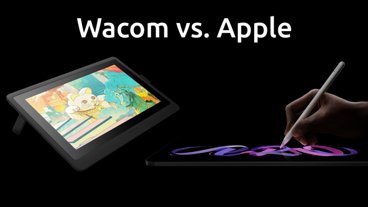
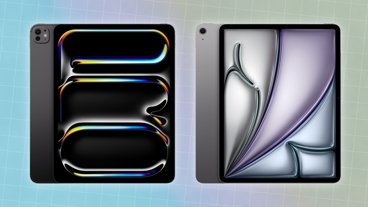
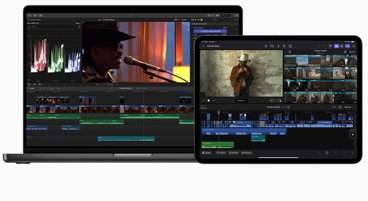
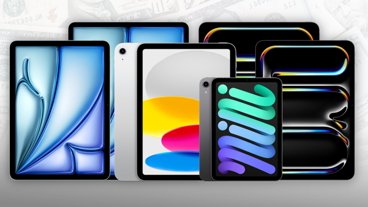
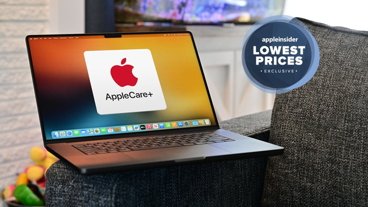
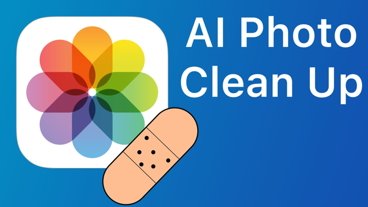
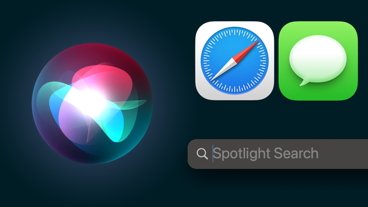
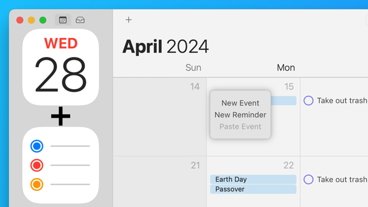
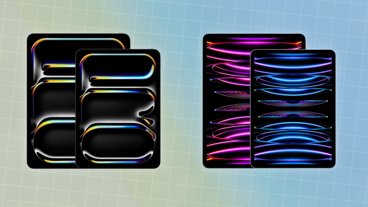
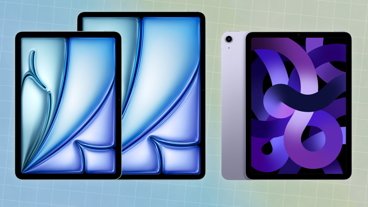
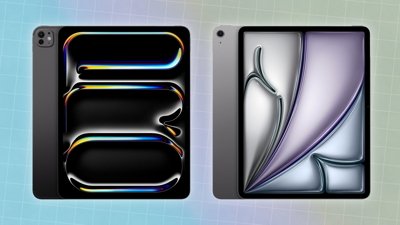
 Malcolm Owen
Malcolm Owen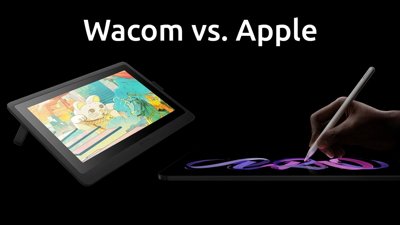
 Amber Neely
Amber Neely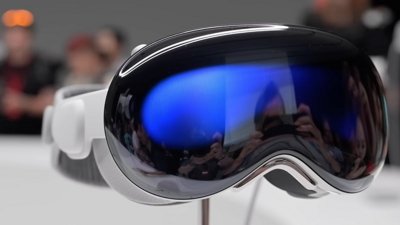
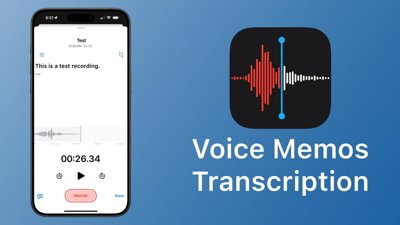
 Marko Zivkovic
Marko Zivkovic
 David Schloss
David Schloss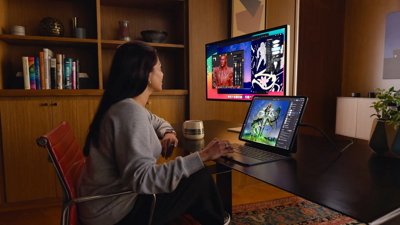
 Wesley Hilliard
Wesley Hilliard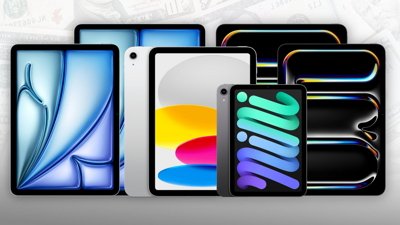
 Mike Wuerthele and Malcolm Owen
Mike Wuerthele and Malcolm Owen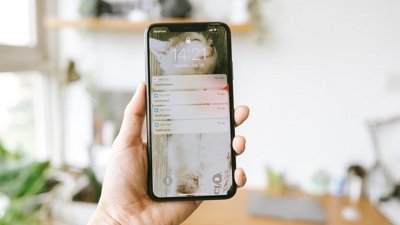


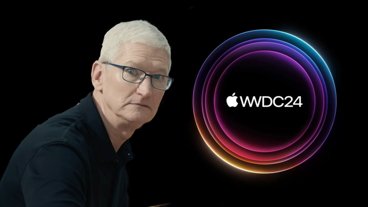
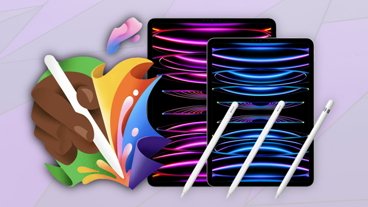
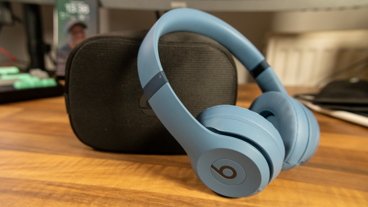
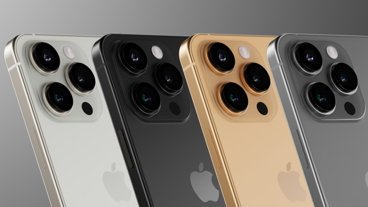
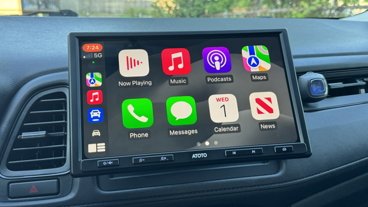
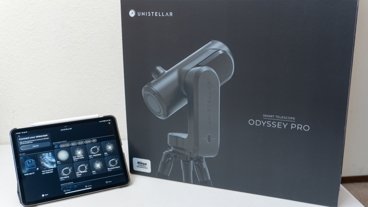
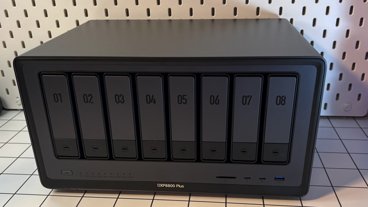

17 Comments
But why would you need this when you could just walk up to the girl and just shove the file in her face?
This sounds exactly like Zune squirting... Surely Microsoft have prior art or a patent already?
Wireless sharing is a fantastic idea -- it was inevitable that Apple would do this.
The question is in the execution, and how it's done. If done right, the possibilities are endless. Not just for sharing music, but all kinds of information.
The problem with the Zune isn't the feature, it's (a) the rather draconian way in which it's been implemented - 3 plays/3 days is just too harsh. (3 plays /30 days should be more like it.) And (b) no one has a Zune you can share with anyway. D'oh.
[strike]I have to confess, though, that DRM-free music and wireless sharing between iPods & iPhones sound like a incredibly dangerous combo for the music industry. If this does indeed arrive in new iPods, and I was a major label, I'd sure as hell be leery of moving my catalog to iTunes Plus.[/strike]
Edit: Ah, I didn't examine the patent closely enough. It looks like iPods & iPhones will be able to *stream* content to other iPods & iPhones -- just like iTunes -- thus nicely avoiding the problem of overzealous sharing. Very smart.
edit 2 - p.s. how the heck do you do [strikethough] here?
Sounds like just a gimmick--and another Apple patent that won't truly ship.
But at least it would be a gimmick with SOME use since there ARE a lot of iPod & iPhone users and that's likely to remain true Unlike Zune sharing, which is useless since you never see a Zune in the wild. (Supposedly the iPhone has already outsold the Zune--which was out last year!)
squirt.
squirt.
"Hey, Maureen, I'm going to squirt that file at you now."
squirt.
squirt.